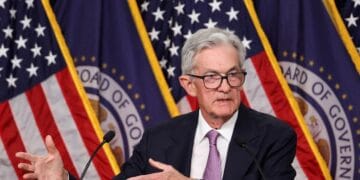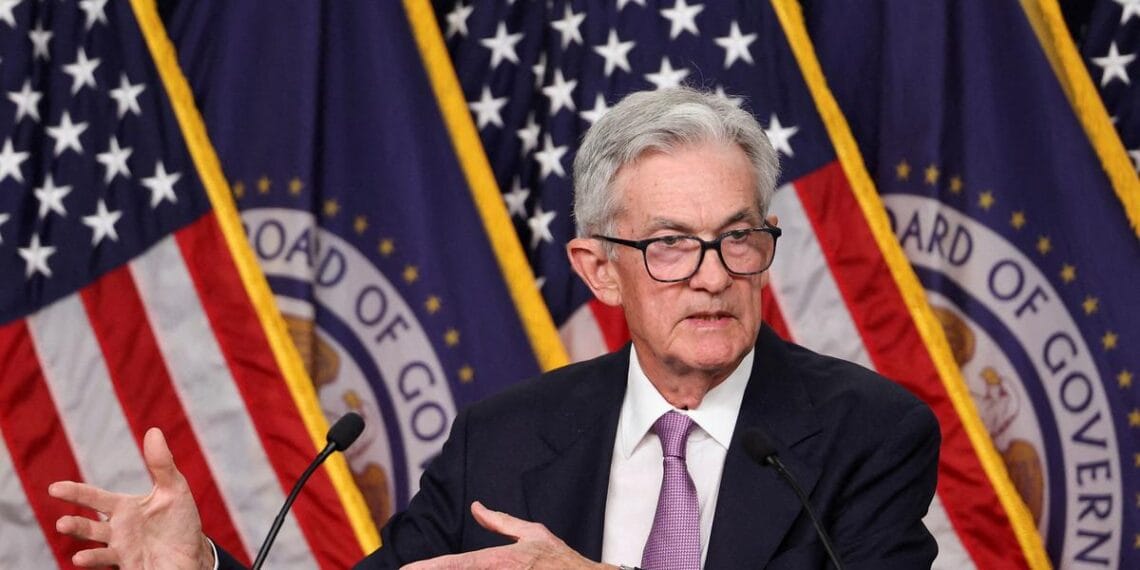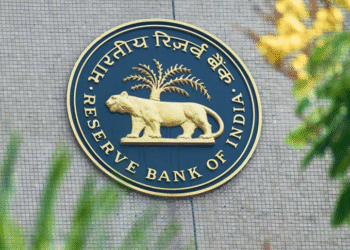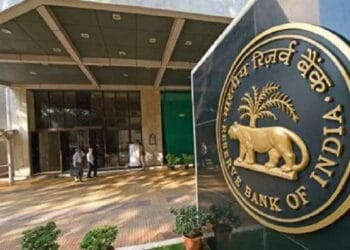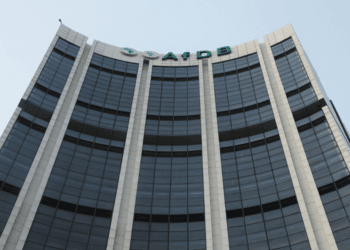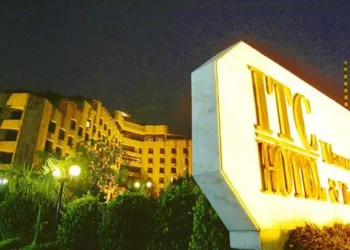Athira Sethu
Kochi, 24 September 2025
Federal Reserve Chairman Jerome Powell is going slow on reducing interest rates, despite some of his other senior Fed colleagues calling for speedier and more drastic cuts.
Speaking Tuesday in Rhode Island, Powell explained the Federal Reserve has to strike a balance between two significant objectives, maintaining stable prices and keeping people working. He cautioned that if the Fed reduces interest rates too rapidly, inflation could return. But if rates remain too high for too long, it would damage the job market.
Last week, the Fed cut its first interest rate this year, reducing the key rate to around 4.1%. Yet Powell indicated that further cuts may not be coming immediately. “It’s difficult to know what to do,” he said, echoing the careful tone he had employed following the most recent rate decision.
Other Fed officials disagree strongly and think that the Fed must act quicker. Trump appointee Stephen Miran told Monday that the Fed must reduce the rate down to 2% to 2.5% to benefit the economy. Miran, who can return to the Trump administration next year, thinks that immediate action must be taken so that the job market is not damaged further.
Michelle Bowman, another Fed governor who was appointed by Trump, echoed on Tuesday. She concurred. She said inflation is declining and the job market is softening, a signal that now is the moment to cut interest rates. “We are at serious risk of already being behind,” Bowman said at a speech in North Carolina.
Lower interest rates typically benefit the economy by making it less expensive to borrow money for things such as homes, vehicles, and business investments.
Nevertheless, not all Fed policymakers are keen to act fast. Austan Goolsbee, president of the Fed’s Chicago district, told CNBC in an interview that the Fed should be cautious. Inflation has consistently been above the 2% goal for more than four years now, and he cautioned that moving too quickly could end up exacerbating the problem.
While the Fed anticipates cutting rates twice more this year, increasingly, there is debate within the central bank over how aggressively those reductions should occur.
